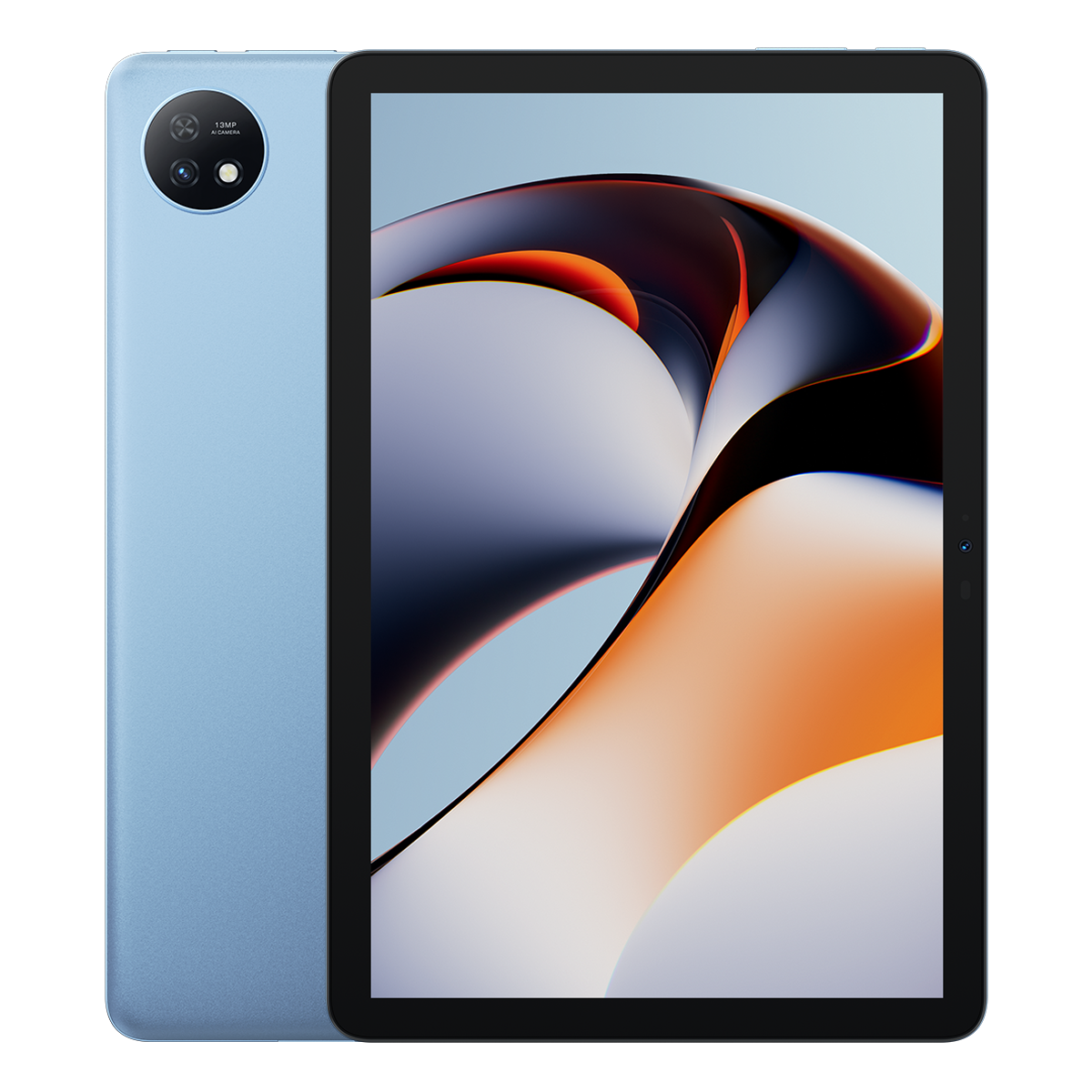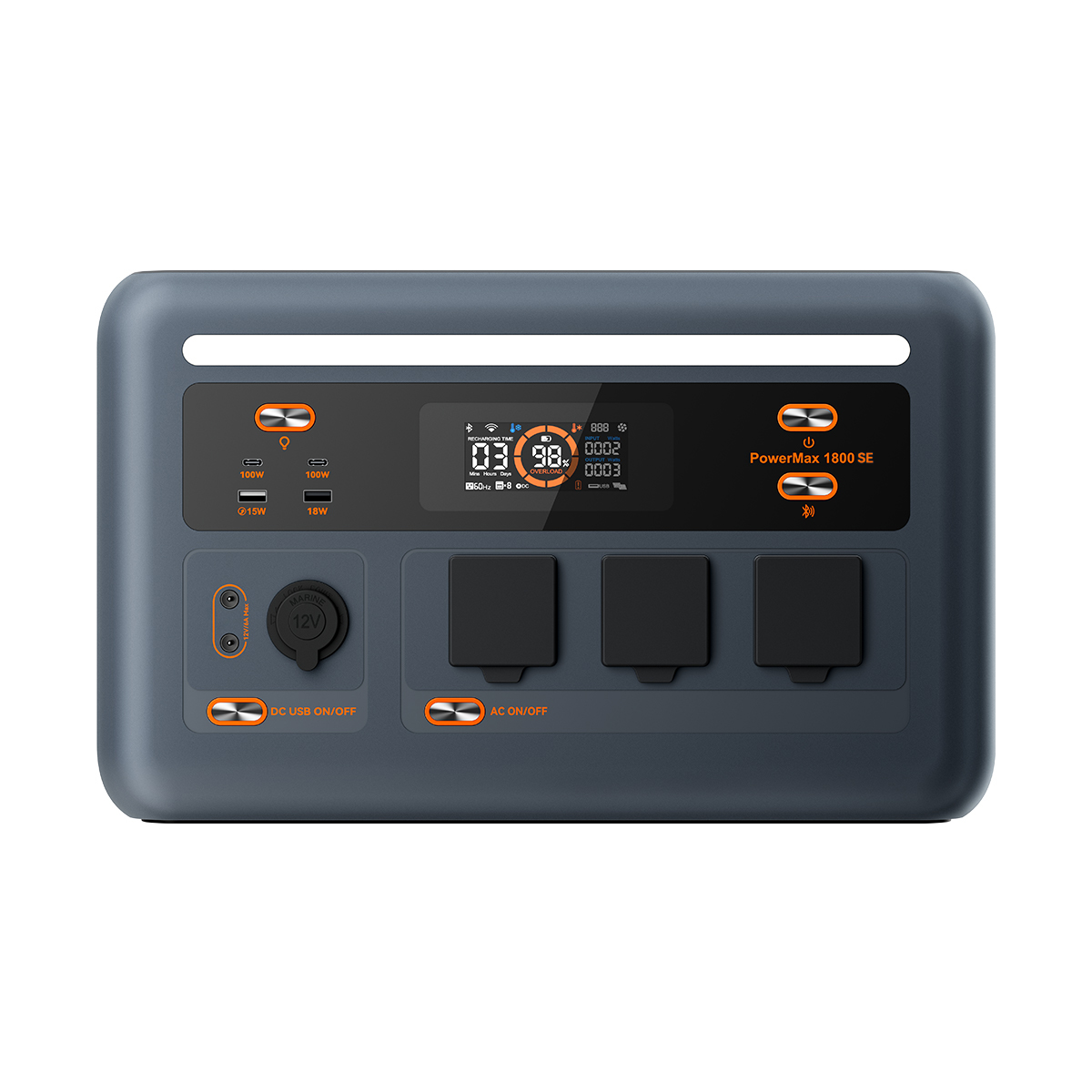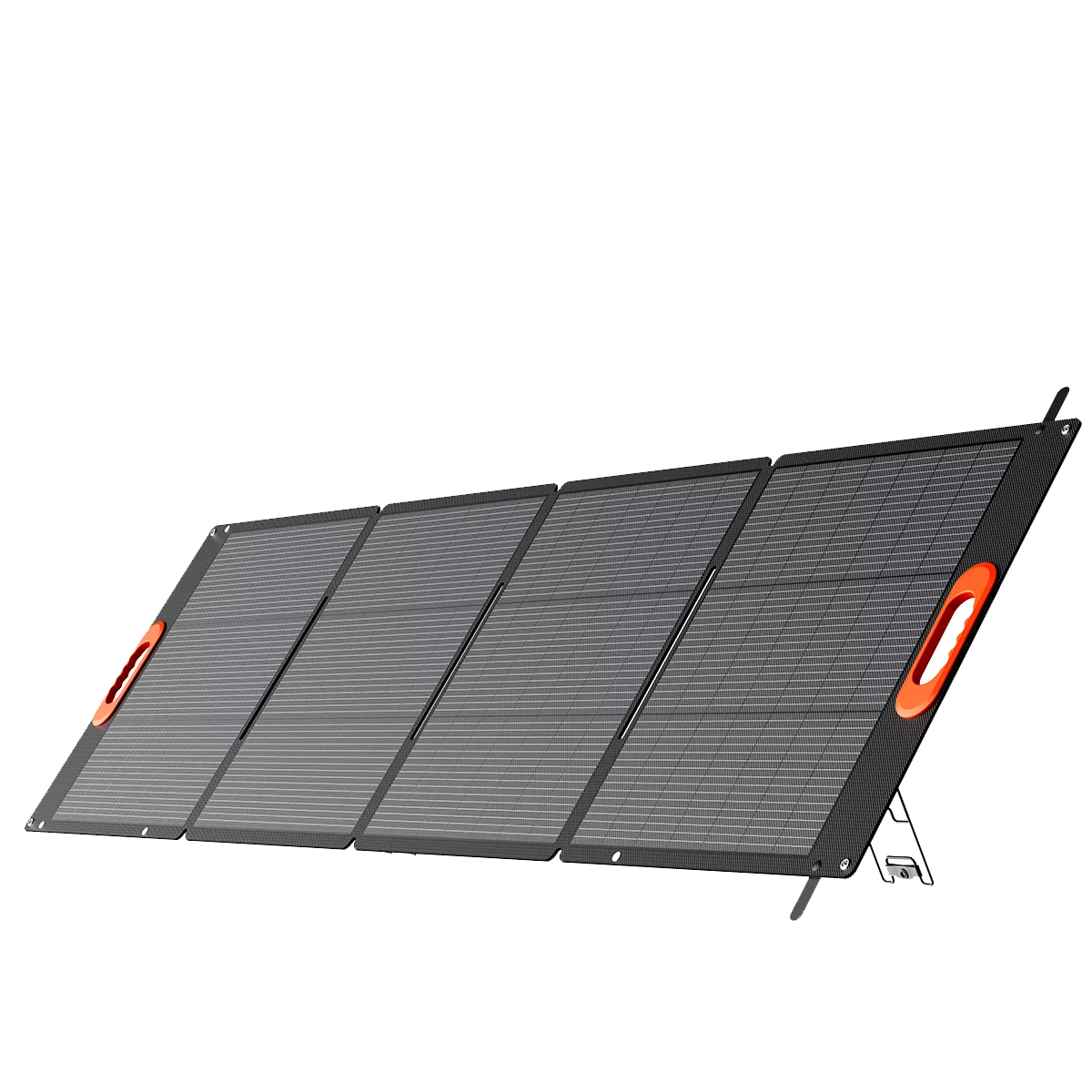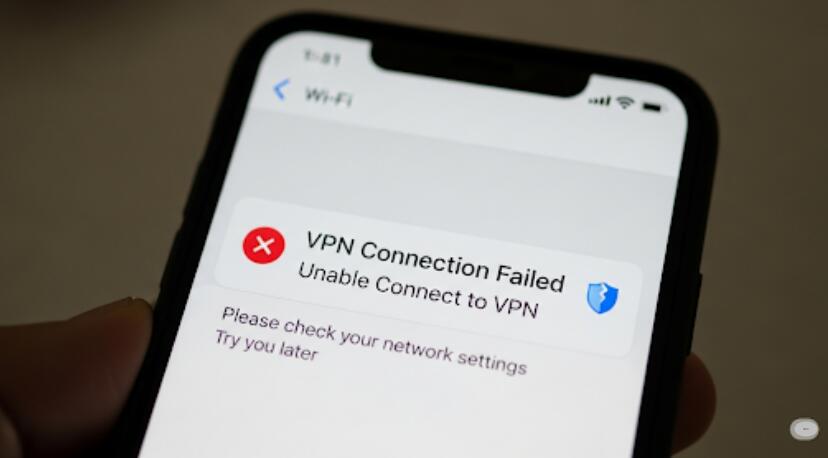Welcome to OSCAL (Well-known brand of rugged smartphone, tablet, and portable power station) blog. Hope this guide has been helpful.
When you look at the status bar of your smartphone, you might notice different network indicators: 3G, H+, 4G, LTE, and sometimes even 4G+. Each of these indicators represents the type of mobile network your device is currently using to connect to the internet. Among them, "4G+" or "LTE-Advanced (LTE-A)" often raises questions: What exactly does it mean? How is it different from standard 4G? And more importantly, does it make a real difference in everyday use?
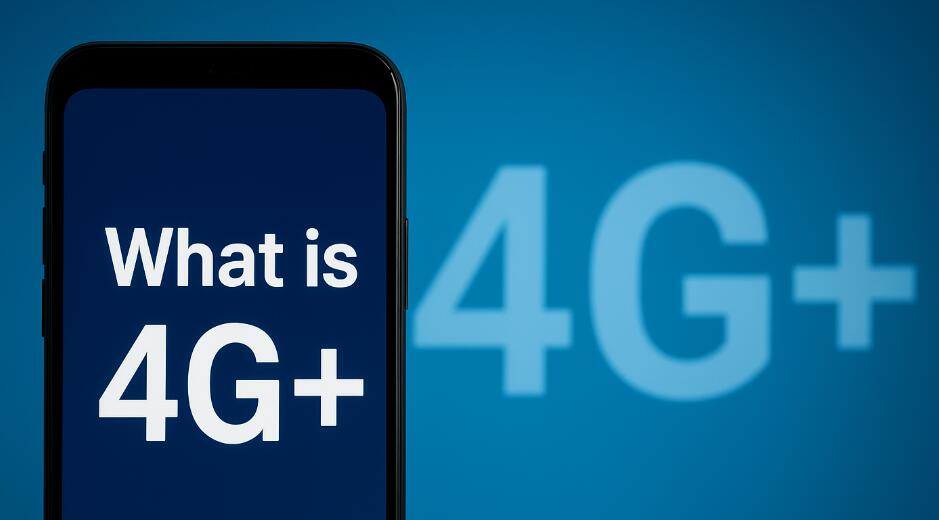
This guide will dive deep into the meaning of 4G+, how it works, why it exists, and how it improves your mobile internet experience. While 5G networks are now gradually rolling out across the globe, 4G+ remains widely used and essential, especially in areas where 5G is not yet fully available. Understanding this technology helps you appreciate the progress in mobile connectivity and the benefits it brings to users.
We will explore the technological foundation of LTE-Advanced, its main features such as carrier aggregation, improved spectral efficiency, and higher data rates. In addition, we will compare its real-world performance with standard 4G LTE and discuss the circumstances under which you will actually notice an improvement in speed and reliability.
Finally, this guide will also consider the role of 4G+ in the bigger picture of mobile networks. Far from being obsolete, LTE-Advanced continues to play a critical role as a bridge between 4G and 5G, ensuring consistent performance and widespread availability. By the end, you will have a clear understanding of why your phone sometimes displays 4G+, and what that means for your browsing, streaming, and downloading experience.
Understanding LTE and LTE-Advanced
LTE stands for "Long Term Evolution," which is a standard for high-speed wireless communication. It is commonly marketed as 4G, although technically the earliest LTE deployments did not meet the official 4G requirements set by the International Telecommunication Union (ITU). Over time, improvements were made, and LTE-Advanced—or LTE-A—was developed to meet and exceed those requirements.
When your phone shows "4G+", it essentially means that it is connected to an LTE-Advanced network. This is an upgraded version of standard 4G LTE, designed to deliver faster speeds, more reliable connections, and better support for heavy data usage. In practice, LTE-A can reach theoretical speeds of up to 1 Gbps under ideal conditions, although real-world speeds are much lower but still significantly faster than regular LTE.
The Technology Behind 4G+
The core technology that makes 4G+ possible is called carrier aggregation. In simple terms, this means that the network can combine multiple frequency bands and use them simultaneously to deliver data. Imagine a highway: regular LTE gives you one lane of traffic, while LTE-A opens up multiple lanes, allowing more cars (data) to flow smoothly at once. This dramatically increases the available bandwidth and therefore boosts speed and stability.
Besides carrier aggregation, LTE-Advanced also introduces advanced antenna technologies such as MIMO (Multiple Input Multiple Output), which allows the transmission and reception of multiple data streams at the same time. It also improves spectral efficiency, meaning that operators can transmit more data using the same amount of radio spectrum. These innovations result in higher capacity and better network performance overall.
Key Benefits of LTE-Advanced
When you see 4G+ on your phone, it indicates a set of benefits that enhance your mobile experience:
- Faster download and upload speeds: With carrier aggregation, users can experience much higher throughput compared to standard 4G LTE.
- Lower latency: LTE-A reduces the time it takes for data to travel across the network, which is important for online gaming and real-time applications.
- Better stability in crowded areas: Since LTE-Advanced handles more simultaneous connections efficiently, it performs better in locations with heavy network traffic such as stadiums, concerts, or busy city centers.
- Improved video streaming: Higher bandwidth ensures smoother streaming experiences with less buffering, even at higher resolutions.
4G vs. 4G+: Real-World Differences
In theory, 4G LTE offers download speeds up to 150 Mbps, while LTE-Advanced can push this limit closer to 300 Mbps or more. With advanced implementations, speeds can even exceed 600 Mbps in some networks. However, in real-world usage, many factors affect performance, such as network congestion, signal strength, and device capabilities.
In practical terms, most users notice that 4G+ feels more responsive. Apps load faster, file downloads complete more quickly, and video calls remain stable even in busy areas. While the difference might not always be dramatic, particularly for light browsing, power users who frequently stream, download, or game online benefit the most.
Device and Network Compatibility
Not every phone supports LTE-Advanced, and not every carrier provides it in every region. To access 4G+, you need a compatible device and a mobile operator that has deployed LTE-A in your area. Modern smartphones, especially mid-range and flagship models released in recent years, generally include LTE-Advanced capability.
Operators also need to have sufficient spectrum and infrastructure in place to provide carrier aggregation. Some regions may offer 4G but not 4G+, depending on the local telecom investment. As such, you might notice your phone switching between 4G and 4G+ depending on your location and network availability.
4G+ and the Transition to 5G
With the rollout of 5G networks, one might assume that LTE-Advanced is becoming obsolete. However, the reality is different. LTE-A continues to play a crucial role, especially in areas where 5G coverage is incomplete or not available. In fact, many operators rely on LTE-Advanced as a fallback network for devices that do not support 5G or when users move outside of 5G zones.
Additionally, LTE-Advanced Pro, an evolution of LTE-A, introduces even more advanced features and acts as a stepping stone towards 5G. These networks provide speeds and capacities approaching those of early 5G deployments, ensuring that users experience consistent performance while the transition progresses.
Practical Tips for Users
If you want to take full advantage of 4G+, here are some practical considerations:
- Ensure your phone supports LTE-Advanced. You can usually find this information in your device specifications.
- Choose a mobile plan from a carrier that actively supports LTE-Advanced in your area.
- Update your phone’s software regularly to ensure optimal compatibility with the latest network technologies.
- Be aware that network conditions vary. Even with 4G+, your experience may change depending on your location and the number of users connected.
Conclusion
4G+, also known as LTE-Advanced or LTE-A, is an enhanced version of 4G LTE that delivers faster speeds, lower latency, and better stability. It achieves this through technologies such as carrier aggregation, MIMO, and improved spectral efficiency. For everyday users, this translates to smoother browsing, quicker downloads, and more reliable streaming.
While 5G is gradually taking center stage, LTE-Advanced remains a vital part of today’s mobile landscape. It not only bridges the gap between 4G and 5G but also ensures that users can enjoy high-performance connectivity even in regions where 5G is not yet available. The next time you see "4G+" on your phone, you’ll know that it represents more than just a symbol—it reflects a powerful technology working behind the scenes to enhance your mobile experience.





































































 (1)-20251204034946188.jpg)








































